New National Identity 1810-1830
History
Adams-Onis Treaty
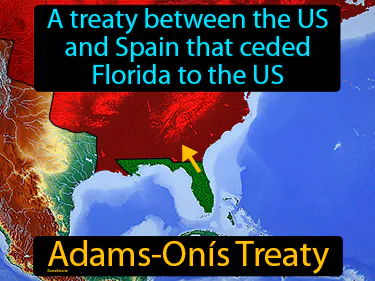
A treaty between the US and Spain that ceded Florida to the US. Adams-Onis Treaty. The Adams-Onis Treaty was an agreement in 1819 where Spain gave Florida to the United States.
American System
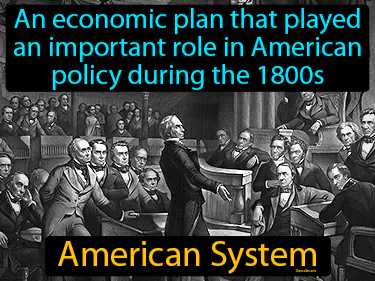
An economic plan that played an important role in American policy during the 1800s American System. It was a strategy to promote industry in the U.S. through high tariffs, a national bank, and infrastructure improvements.
Convention of 1818
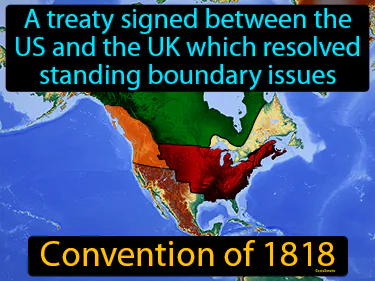
A treaty signed between the US and the UK which resolved standing boundary issues. Convention of 1818. It was an agreement that set the boundary between the US and Canada at the 49th parallel from the Lake of the Woods to the Rocky Mountains.
Cumberland Road

The first major improved highway in the United States. Cumberland Road. Cumberland Road, also known as the National Road, was the first federally funded highway in the U.S., built in the early 19th century to facilitate westward expansion.
Era of Good Feelings
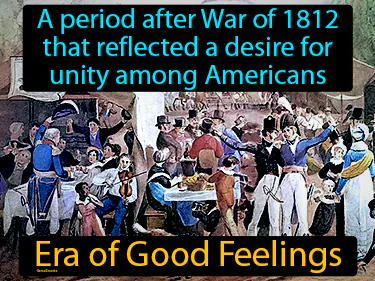
A period after War of 1812 that reflected a desire for unity among Americans. Era of Good Feelings. The Era of Good Feelings was a time in U.S. history when there was a strong sense of national unity and political harmony.
Erie Canal

The eastwest, cross-state route of the New York State Canal System. Erie Canal. The Erie Canal is a historic waterway in New York that connected the Great Lakes to the Atlantic Ocean via the Hudson River, revolutionizing trade in the 19th century.
George Caleb Bingham
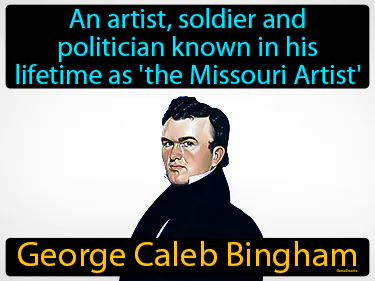
An artist, soldier and politician known in his lifetime as 'the Missouri Artist'. George Caleb Bingham. He was a 19th-century American painter famous for his depictions of life along the Missouri River.
Henry Clay
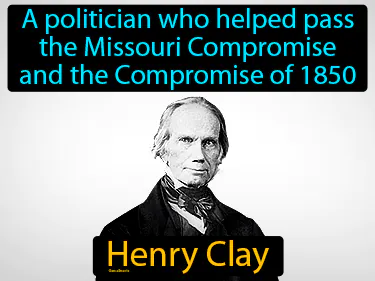
A politician who helped pass the Missouri Compromise and the Compromise of 1850. Henry Clay. He was a prominent American statesman known for his efforts to keep the United States unified in the early 19th century.
Hudson River school
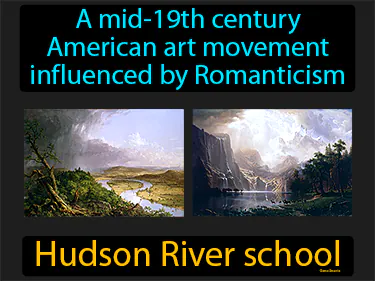
A mid-19th century American art movement influenced by Romanticism Hudson River school. The Hudson River School was a group of landscape painters who celebrated the natural beauty of America.
James Fenimore Cooper
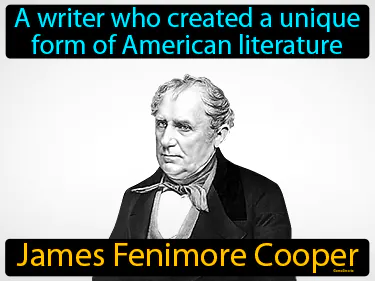
A writer who created a unique form of American literature. James Fenimore Cooper. He was one of the first major American novelists, known for his historical tales about frontier life.
James Monroe
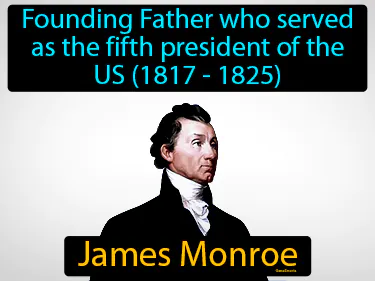
Founding Father who served as the fifth president of the US 1817 - 1825. James Monroe. He is known for the Monroe Doctrine, which warned European countries against interfering in the Americas.
John Quincy Adams
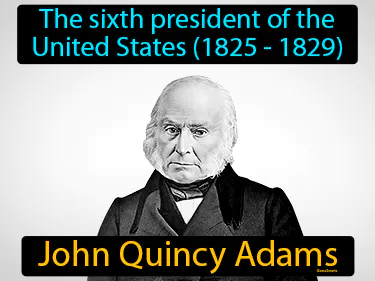
The sixth president of the United States 1825 - 1829. John Quincy Adams. He was a leader who helped shape U.S. foreign policy.
Missouri Compromise
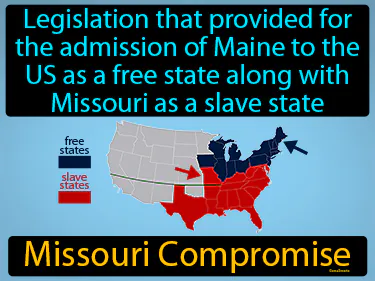
Legislation that provided for the admission of Maine to the US as a free state along with Missouri as a slave state. Missouri Compromise. It was an 1820 agreement meant to keep a balance between free and slave states in the United States.
Monroe Doctrine
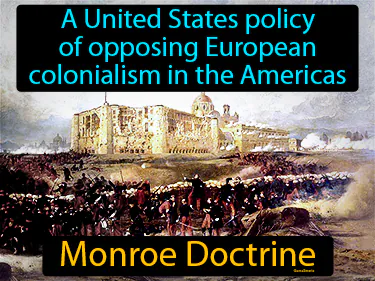
A United States policy of opposing European colonialism in the Americas. Monroe Doctrine. It was a stance declaring that the Americas were off-limits to new European colonization.
nationalism
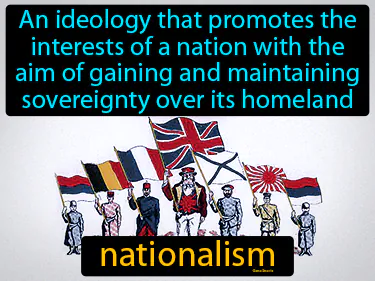
An ideology that promotes the interests of a nation with the aim of gaining and maintaining sovereignty over its homeland. Nationalism. In history, nationalism is a movement where people prioritize the interests and culture of their nation, often leading to the pursuit of political independence.
Rush-Bagot Agreement
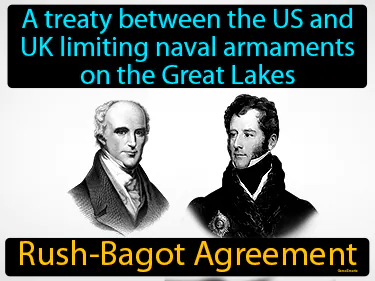
A treaty between the US and UK limiting naval armaments on the Great Lakes. Rush-Bagot Agreement. It was an 1817 agreement that aimed to reduce military presence and prevent conflict between the US and British Canada on the Great Lakes.
sectionalism
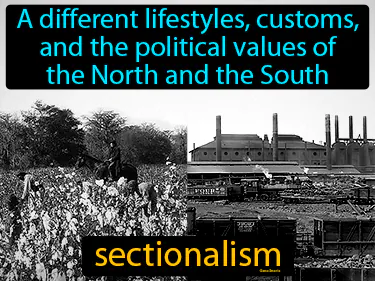
A different lifestyles, customs, and the political values of the North and the South. Sectionalism. Sectionalism is when different areas of a country prioritize their own interests and cultures over national unity.
Simon Bolivar
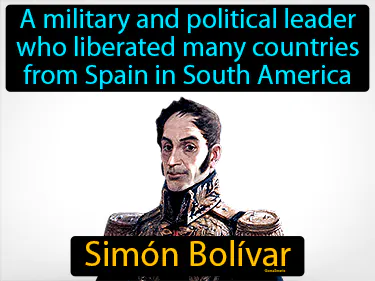
A military and political leader who liberated many countries from Spain in South America. Simon Bolivar. He was a key figure in South American independence from Spanish rule.
Thomas Cole
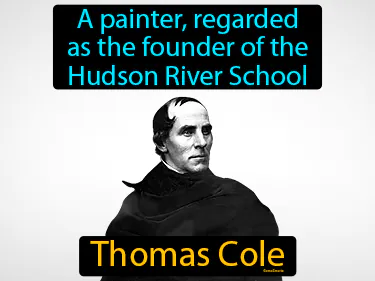
A painter, regarded as the founder of the Hudson River School, Thomas Cole. Thomas Cole was an artist who started a movement focusing on landscape painting in the United States during the 19th century.
Washington Irving
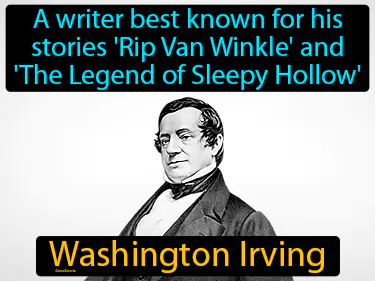
A writer best known for his stories 'Rip Van Winkle' and 'The Legend of Sleepy Hollow,' Washington Irving. He was a famous American author in the early 19th century.